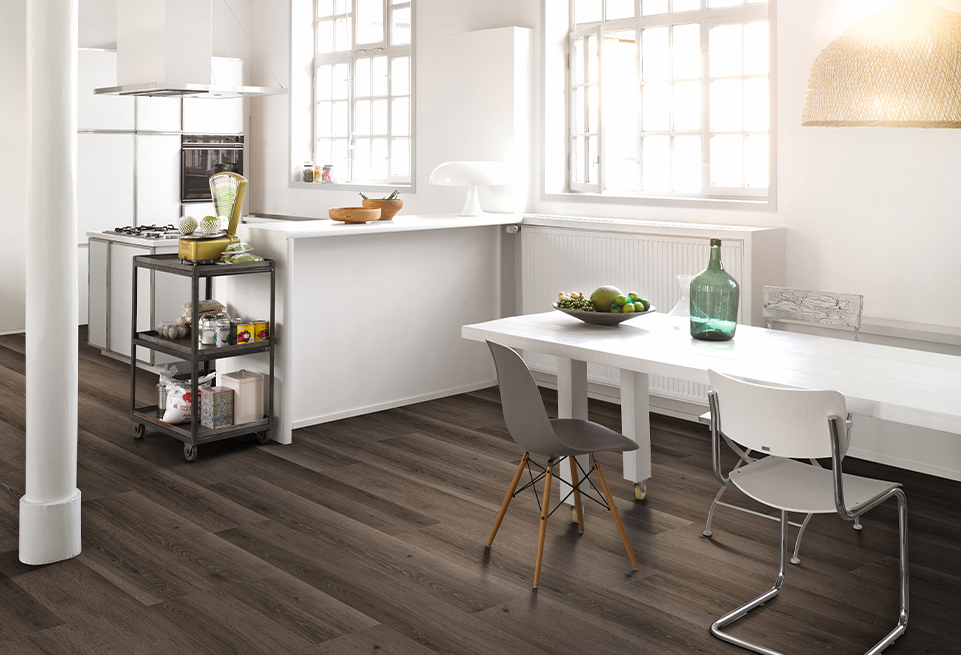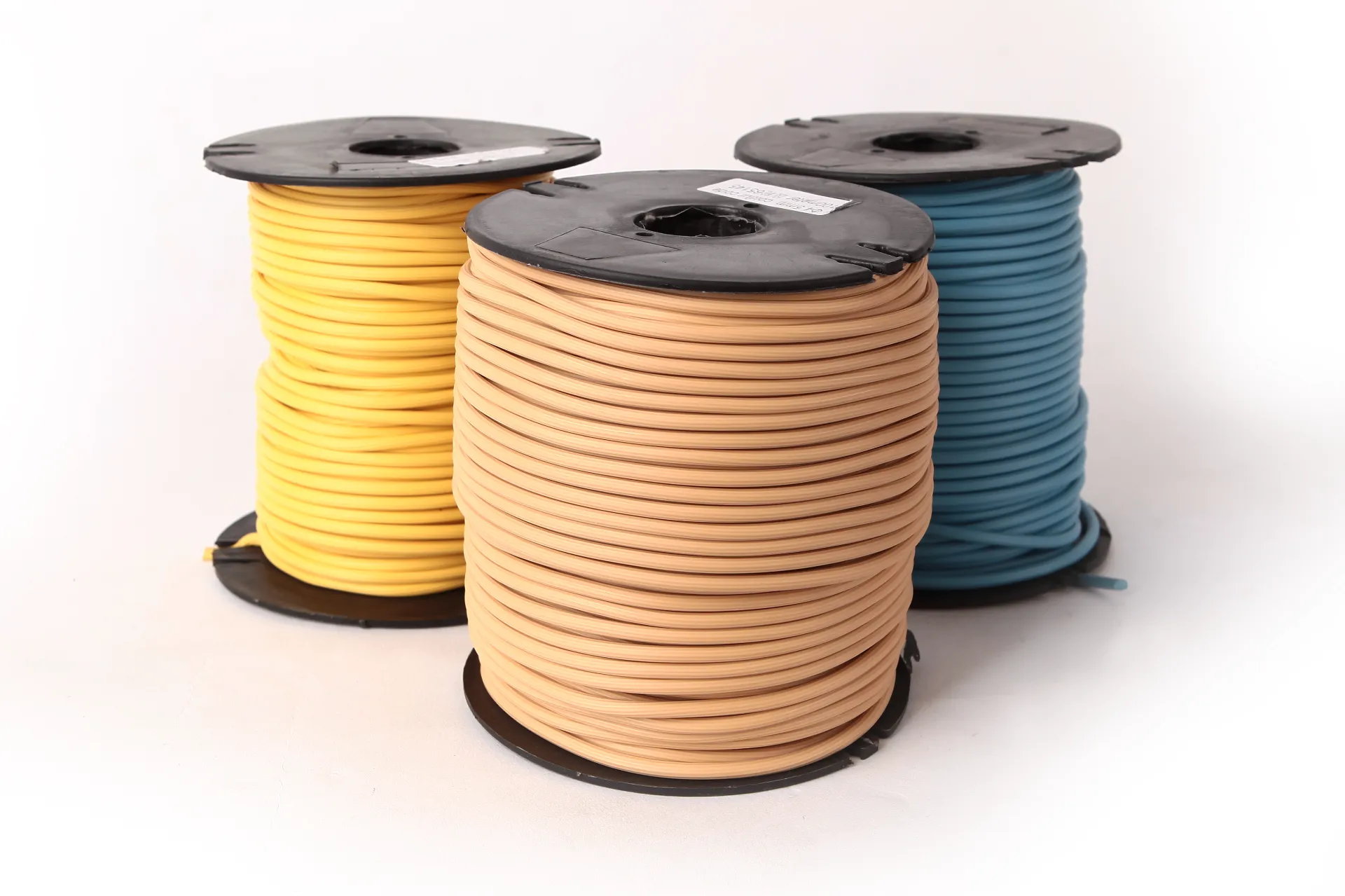A Comprehensive Guide to Various Types of Flooring for Residential Spaces and Their Benefits
Residential Flooring Types A Comprehensive Guide
When it comes to renovating or building a home, one of the most critical decisions homeowners face is selecting the right flooring. Flooring not only influences the aesthetics of a space, but it also impacts durability, maintenance, and comfort. With a myriad of options available, understanding the different types of residential flooring can help in making an informed choice.
1. Hardwood Flooring
Hardwood flooring remains a timeless choice for homeowners seeking elegance and durability. Made from solid woods like oak, maple, and cherry, hardwood can last for decades with proper care. Its natural grain patterns and colors add warmth to any room. However, hardwood can be susceptible to scratches and water damage, so it's essential to maintain it with regular cleaning and refinishing as needed.
2. Laminate Flooring
For those who desire the look of hardwood without the high price tag, laminate flooring presents a viable alternative. Constructed from a high-density fiberboard base with a photographic layer resembling wood, laminate is both affordable and easy to install. It is also resistant to scratches and dents, making it a practical choice for households with pets or young children. However, while laminate can mimic many flooring types, it lacks the authenticity and warmth of real wood.
3. Vinyl Flooring
Vinyl flooring has grown in popularity due to its versatility and resilience. Available in sheets, tiles, or planks, vinyl is waterproof, making it an excellent option for kitchens, bathrooms, and basements. Newer designs often replicate the look of hardwood, stone, or tile, providing aesthetic appeal while delivering practicality. Its cushioned surface adds comfort underfoot, which is beneficial for long periods of standing.
residential flooring types

Ceramic and porcelain tiles are favored for areas requiring high durability and easy maintenance, such as kitchens and bathrooms. Tiles are resistant to water and moisture, making them ideal for high-traffic areas. With a variety of colors, patterns, and sizes, tile flooring can fit any design scheme. However, the hard surface may feel cold and uncomfortable underfoot, especially in colder climates, so area rugs may be necessary for comfort.
5. Carpet Flooring
Carpet flooring offers unmatched warmth and comfort. Available in an array of colors, textures, and styles, it can create a cozy atmosphere in bedrooms and living areas. Carpeting is effective in sound absorption, making it a popular choice for multi-level homes. Nonetheless, it requires regular cleaning and maintenance to avoid stains and allergens. Carpets can also wear down over time, necessitating eventual replacement.
6. Bamboo Flooring
An eco-friendly alternative to traditional wood, bamboo flooring has gained traction for its sustainability and uniqueness. Bamboo is a fast-growing grass, making it a renewable resource. Its natural hardness can be comparable to hardwood, and it offers distinctive grain patterns. However, like hardwood, bamboo can be sensitive to moisture and should be installed in appropriate areas.
7. Cork Flooring
Cork is another sustainable flooring option, providing excellent thermal and acoustic insulation. It's soft underfoot, reducing strain on joints, which is beneficial in high-traffic areas. Cork is naturally resistant to mold and mildew, making it suitable for various climates. However, it can fade under direct sunlight and may require resealing over time to maintain its appearance.
Conclusion
Choosing the right flooring involves balancing aesthetics, functionality, and budget. Each flooring type has its unique benefits and drawbacks. Homeowners should consider the specific needs of their living environment, lifestyle, and personal taste before making a decision. By understanding the differences between each option, you can create a home that not only looks beautiful but also meets your practical needs for years to come.
-
modern-interior-solutions-with-durable-pvc-material-skirtingAug.22,2025
-
elevating-outdoor-spaces-with-premium-wood-material-skirtingAug.22,2025
-
Waterproof Advantages of SPC Flooring Vinyl in KitchensAug.06,2025
-
SPC Hybrid Waterproof Flooring Thickness GuideAug.06,2025
-
Leveling Subfloor Before My Floor SPC InstallAug.06,2025
-
How Mesh Deck Skirting Improves Outdoor Pest ControlAug.06,2025




